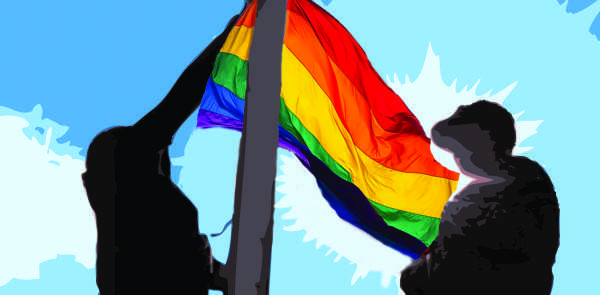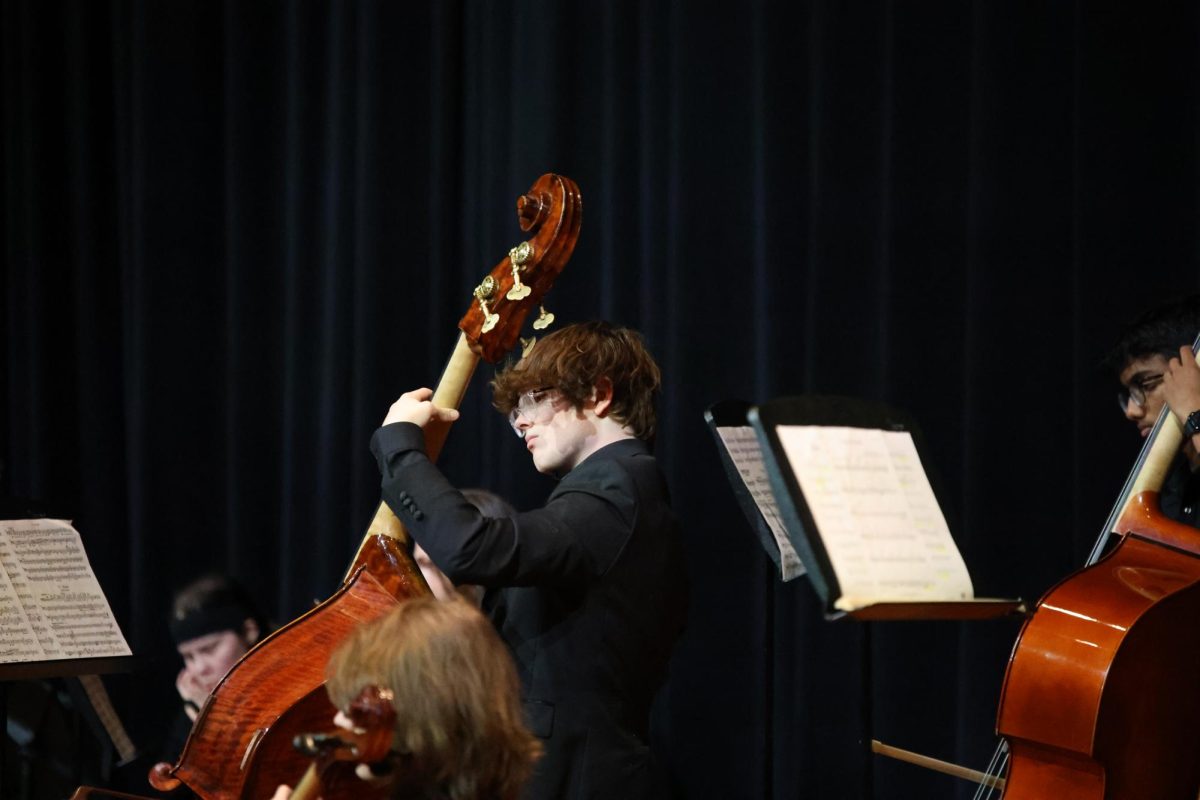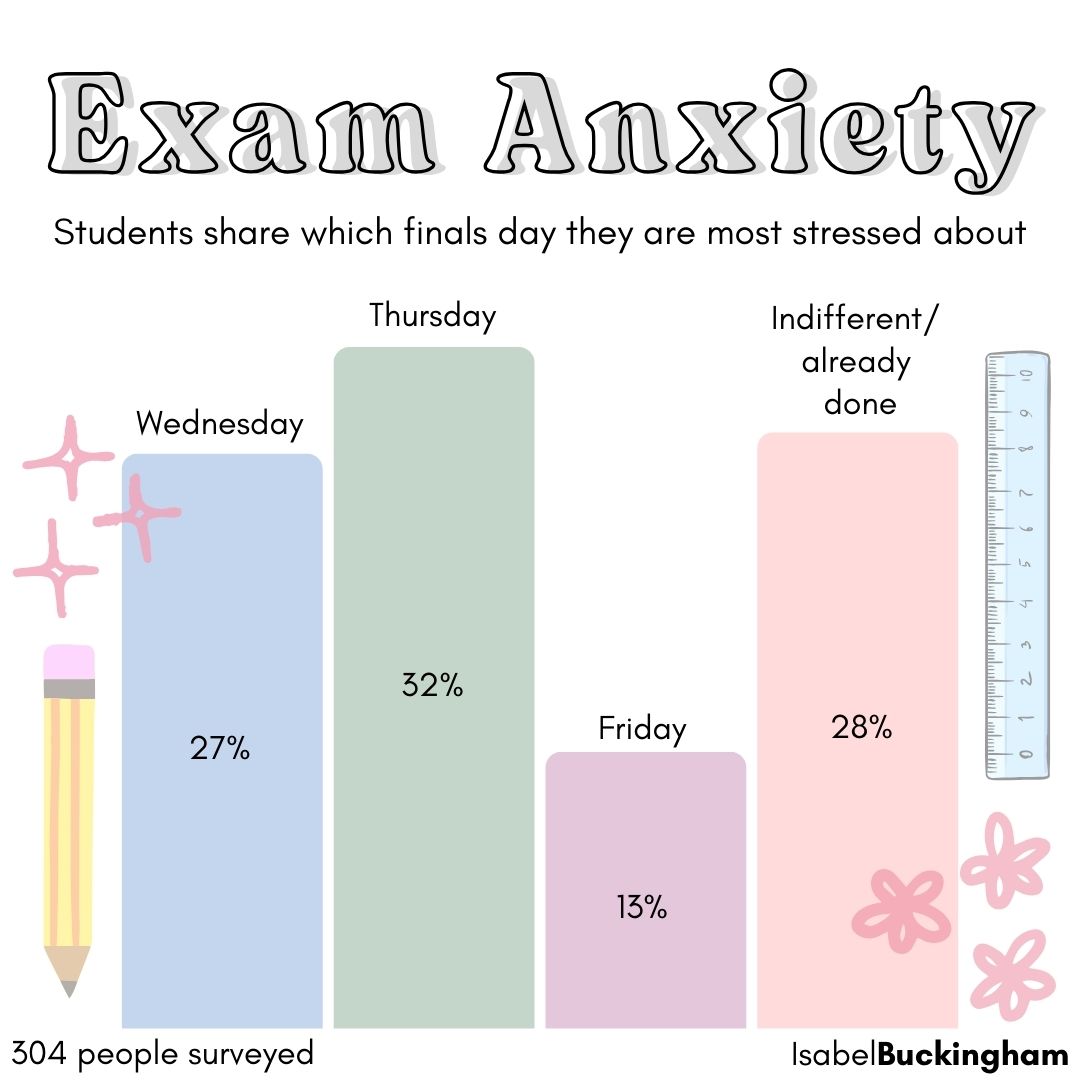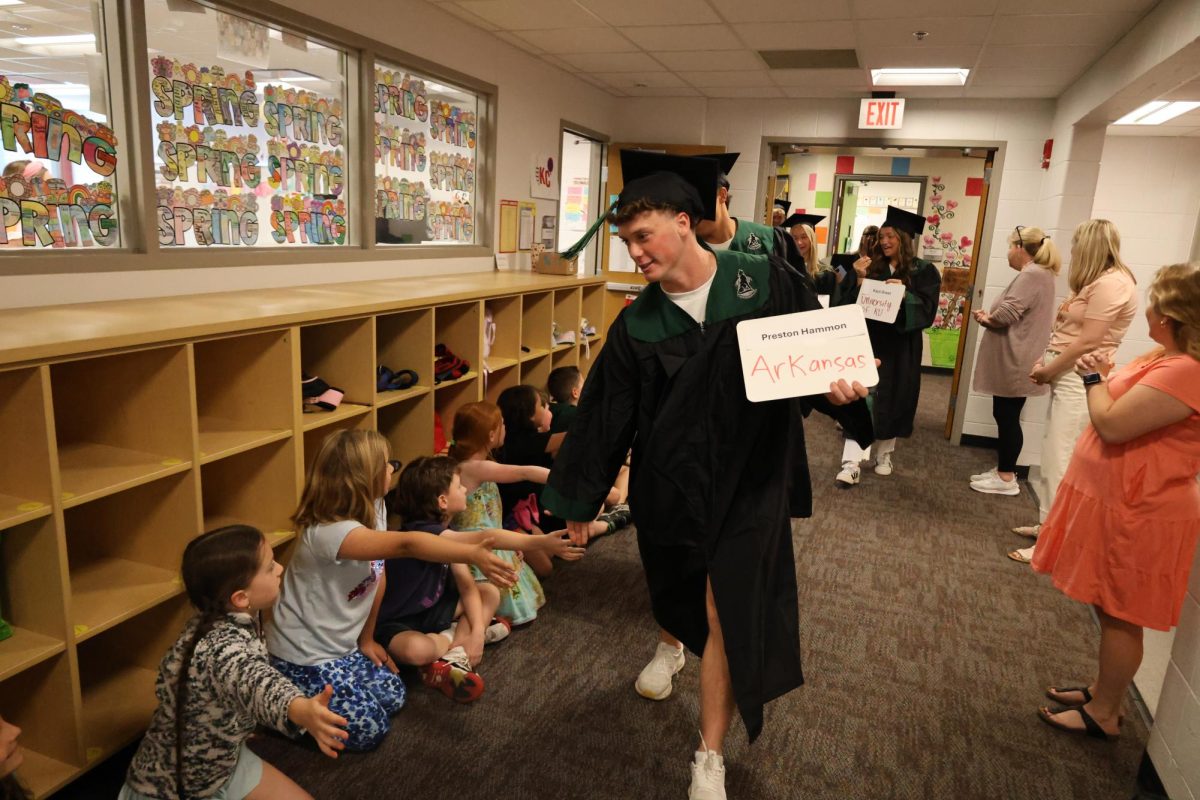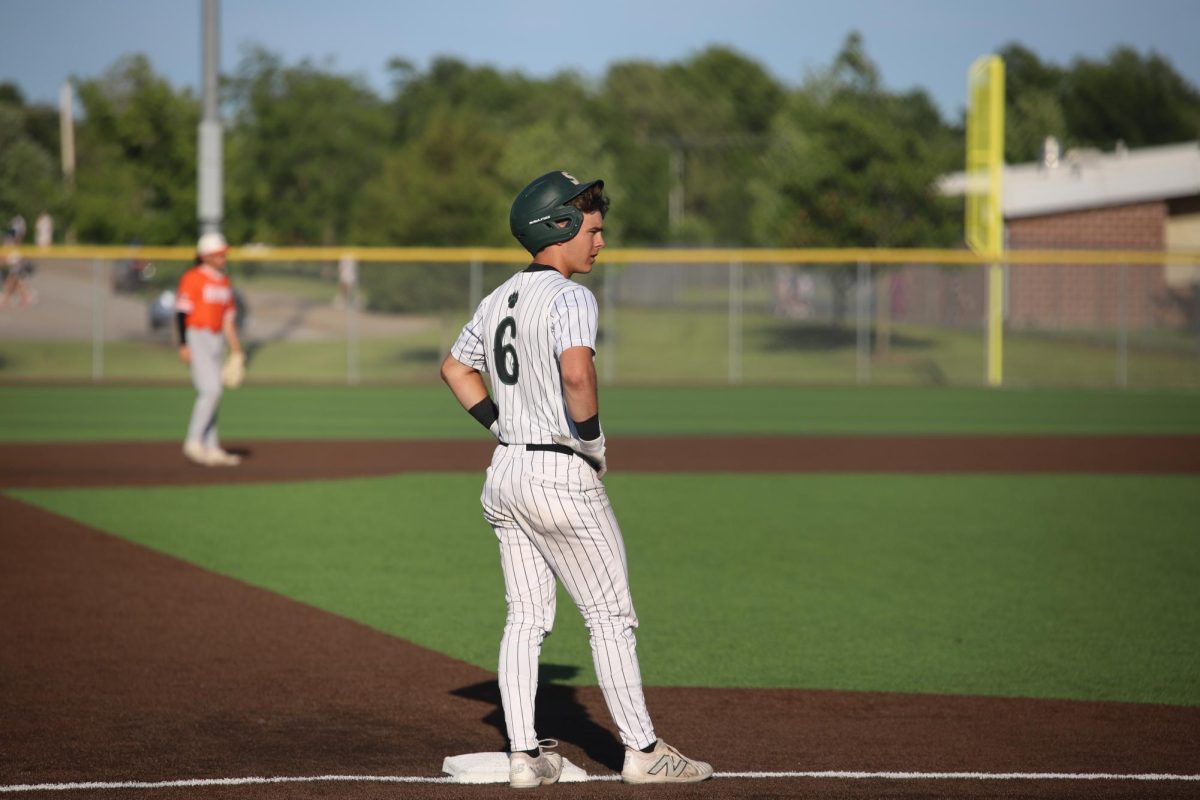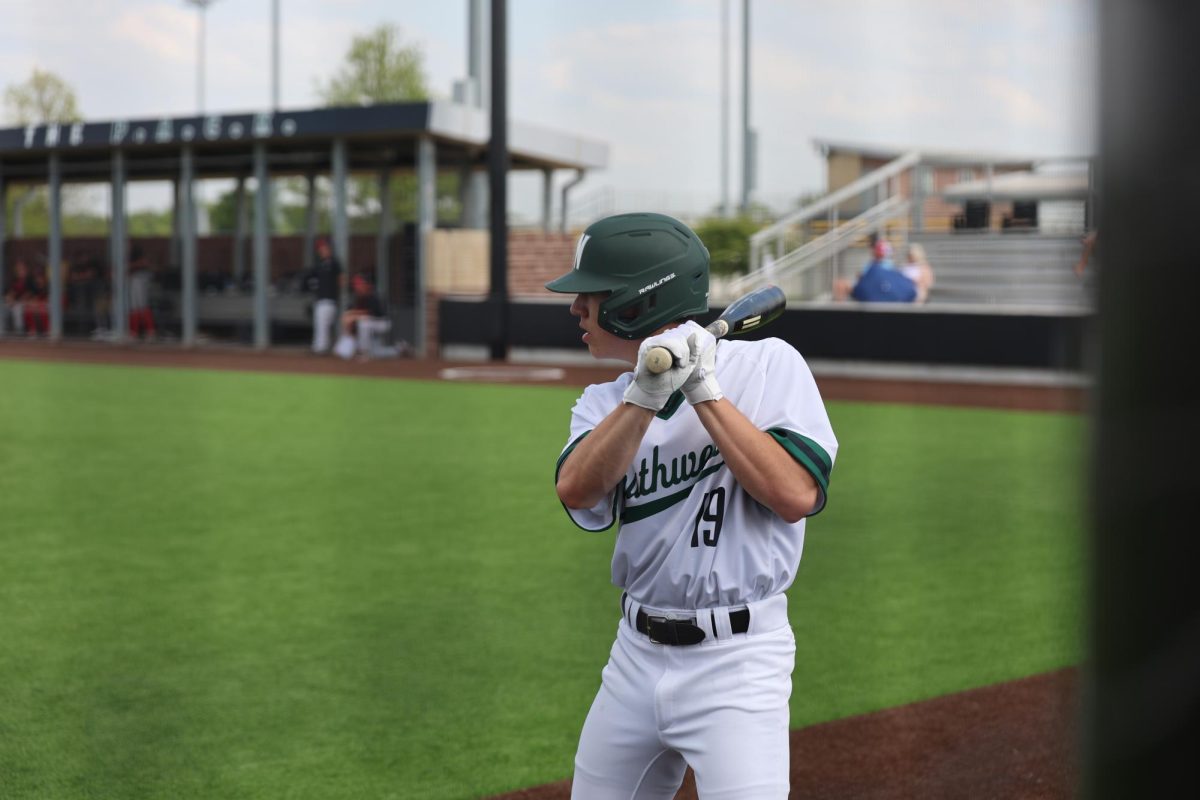Shut it.
Hear that? That’s the sound of silence. Like the movie theater saying, “silence is golden,” implies, sometimes people use silence to get away from the cacophonous sounds of everyday life. It shows up in various ways societally: through basketball fans at Taylor University’s Silent Night, through the audience members in John Cage’s 4’33”, and through noise cancelling headphones.
But some individuals throughout history have embraced the absence of noise as a form of protest. Mahatma Ghandi often abstained from speaking for days to declare his message of Indian independence from Britain. The nine students at Little Rock Central High School in 1957 remained silent in the face of screams and insults. And now, high school students across America elect to not speak in honor of an annual event, the April 19 Day of Silence.
Each year, over 500 thousand K-12 students come to school silent in order to protest for lesbian, gay, bisexual, transgender, and questioning (LGBTQ) peers who have been silenced because of bullying, discomfort in the school setting, or fear.
The movement that began in 1996 at the University of Virginia has now grown into the largest student-led event toward creating a safer school environment for every kind of person, regardless of their sexual orientation or gender identity.
“I just think it’s important for anyone to feel a sense of community and a sense of belonging,” Spanish teacher and supporter of LGBTQ Alyson Kilcoyne said. “I really admire the students that come to me, especially in a speaking class, language class, where you know that you have to speak for part of your grade, and let me know that they are participating. Because that takes some guts, still.”
One such issue that participating high schoolers will attempt to address is that of microaggressions, not outward hate crimes, but everyday words and actions that jab at people of non-heterosexual orientation, subtly. According to the Gay, Lesbian & Straight Education Network’s 2011 “National School Climate Survey,” 84.9 percent of LGBTQ students heard homophobic remarks used frequently in a negative way at school. Additionally, 63.9 percent of LGTBQ students reported being verbally harassed, and 27.1 percent reported being physically harassed. Yet, 60.4 percent of those students never reported these incidences to school personnel.
Students, like Gay-Straight Alliance co-leader Emmalee Herrick, have seen these statistics affect her own life and the lives of those close to her.
“The reason I am doing this is to raise awareness and hopefully end lesbian, gay, bisexual, transgender and questioning bullying and suicides,” junior Herrick said. “It’s becoming a national epidemic. I don’t want any of my friends or even myself to go through losing someone because they were bullied because they love someone different than what others think they should.”
Much like staying up all night for Relay for Life requires focus, keeping silent through a day is not always something that all students are accustomed to. According to the American Civil Liberties Union, a student cannot remain silent if a teacher asks them to speak. They suggest talking to teachers ahead of time, in order to avoid upsetting staff members and administration.
However, participants are allowed to use any form of writing to help teachers, students and non-participants alike understand why they are silent. This includes using whiteboards, T-shirts, posters, stickers, texts or even sign language.
“That day I’ll have a piece of paper to give the teacher that tells them why I am not talking during their classes,” junior Sarah Niebergall said. “Day of Silence is just a way to get the message out there. We’re trying to get people to understand and recognize that this does happen. LGBTQ people are bullied and they don’t feel safe in schools. The first step to changing that is awareness of the problem.”
Taking a stand against LGBTQ issues has created opposition for the Day of Silence and its participants. The Alliance Defending Freedom, in 2005, created a response to the Day of Silence, the Day of Truth. Saying that they wished to “counter the promotion of homosexual agenda and express an opposing viewpoint from a Christian perspective,” the ADF encourages its participants to protest with an opposing day after the Day of Silence.
“It’s [the Day of Silence]taking a stand,” Kilcoyne said. “It takes a stand openly on something that continues to be controversial. And they [non-participants] would rather blend in. So on this kind of day, blending in is talking.”


